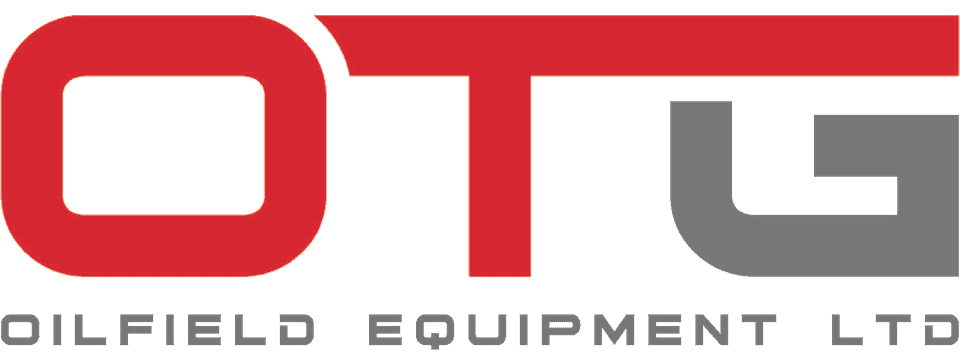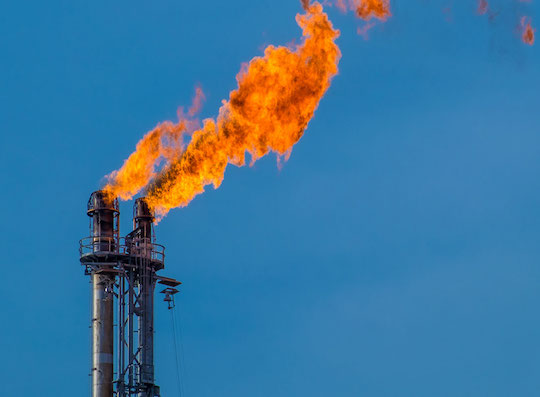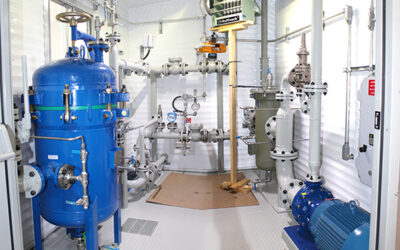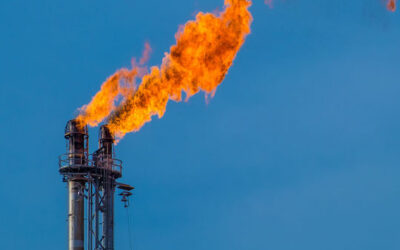In oil and gas operations, a choke refers to a flow control device used to regulate the rate of production from a well. It is an essential component of the production system that helps manage the flow of reservoir fluids, such as oil, natural gas, and water, to optimize production and ensure safe operation.
The choke is typically installed at the wellhead, where it controls the flow of fluids as they come up from the reservoir. It is designed to create a pressure drop across the choke, which restricts the flow and controls the production rate. By adjusting the choke, operators can manage the pressure and flow rate of the produced fluids, ensuring that the well operates efficiently and remains within safe operating limits.
There are two main types of chokes commonly used in oil and gas operations:
Fixed Choke: A fixed choke has a pre-determined opening size or orifice, which means its flow capacity is constant and cannot be adjusted in real-time. It is suitable for wells with relatively stable production rates and predictable fluid properties.
Adjustable Choke: An adjustable choke, as the name suggests, allows operators to change the opening size of the orifice, thereby varying the flow rate and pressure. It offers more flexibility and is used in wells where production rates fluctuate or need to be optimized regularly.
The choke size is crucial in managing well productivity. If the choke size is too small, it can lead to excessive pressure buildup in the well and reduce the flow rate, which might leave valuable resources untapped. On the other hand, if the choke size is too large, it can cause undesirable conditions like a “blowout” or an uncontrolled flow of reservoir fluids, which can be dangerous and lead to safety hazards.
Chokes are often controlled manually by field operators, but some modern production systems also use automated choke control systems. These systems can be remotely monitored and adjusted to optimize production based on real-time data, enhancing efficiency and safety.
In addition to regulating the flow rate, chokes also serve other purposes in oil and gas operations. They can be used to:
Prevent excessive sand and debris from entering the production system, protecting downstream equipment from potential damage.
Manage the ratio of oil to gas in a well, helping to stabilize the flow and maintain the right mixture of hydrocarbons for efficient separation and processing.
Overall, chokes play a vital role in oil and gas production, ensuring that wells are operated safely, efficiently, and in compliance with environmental regulations. By effectively controlling the flow rate and pressure, chokes help optimize production, extend the life of the well, and maximize the recovery of valuable resources from reservoirs.



